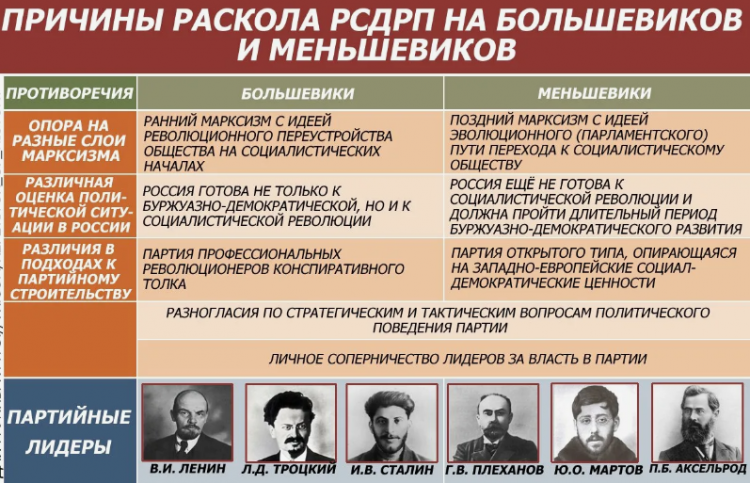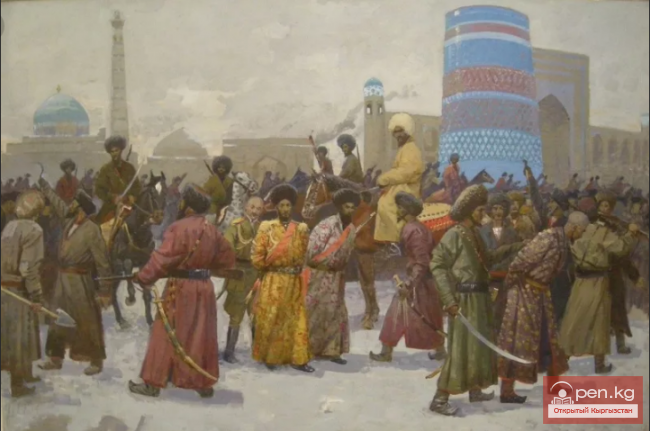
National Policy of Soviet Power
Among the main points of the Bolshevik party program, led by V. I. Lenin, was the elimination of social and national oppression. On January 2, 1918, the Soviet government published the Declaration of the Rights of the Peoples of Russia, which proclaimed: “The peoples living in Russia are free and equal.” Initially, there was distrust towards the Soviet power among the people of Turkestan. This was skillfully exploited by its enemies. “The Bolsheviks are deceiving the people. They will forcibly unite people of different nationalities. The family will be abolished” — such provocative rumors caused doubts among the people regarding the just policies of the Soviet power.
Some Soviet leaders, with their arrogant attitude towards the indigenous population, humiliated their national feelings. In the government of Turkestan, established in November 1917, none of the 15 people's commissars were from the indigenous population. Such thoughtless actions alienated the local population from the new power and caused dissatisfaction among the people.
These mistakes led to the creation of the Kokand Autonomy within Russia under the leadership of Mustafa Chokaev. A government was even elected, and its own armed forces were formed. The political leaders of the autonomy aimed to create a state within the borders of the former Kokand Khanate.
Thus, dual power was established in Turkestan. The indigenous population of Turkestan supported the Kokand Autonomy more than the Soviet People's Commissars of Turkestan. Alarmed by this situation, the Soviet government declared the Kokand Autonomy illegal and arrested its leaders as counter-revolutionaries. The armed forces of the autonomy were defeated by the Red Army.
The Soviet government took measures to correct the distortions in national policy, to win the trust of the local population, and to attract it to its side. The “Declaration of the Rights of the Working and Exploited People” was adopted. Based on it, in 1918, the Turkestan Autonomous Soviet Socialist Republic (Turkestan ASSR) was formed, uniting the peoples of Central Asia. More representatives of the local peoples were involved in state administration.
Mosques resumed their activities, and the persecution of Muslim believers ceased. Russian nationalists were removed from power. A decree was issued to “shoot Red Army soldiers who robbed and oppressed Kyrgyz, Uzbeks, Tajiks, Kazakhs, and Turkmen.” The measures taken increased the trust of the local population in the Bolsheviks.
The Return of Kyrgyz Refugees to Their Homeland. After the establishment of Soviet power in Kyrgyzstan, the persecution and prosecution of Kyrgyz who participated in the 1916 uprising ceased. The Soviet power showed great concern for them. A special commission was created for the resettlement of Kyrgyz refugees to their ancestral homeland and for the redemption of Kyrgyz who had fallen into the debt trap of Chinese wealthy individuals.
The government allocated 100 million rubles to assist Kyrgyz refugees. They received livestock, agricultural tools, yurts, and building materials for free use. They were allocated land and exempted from taxes for five years.
Demarcation of Central Asia within the USSR. After the end of the Civil War, conditions were created for the establishment of several national-state formations on the territory of Turkestan. This was also facilitated by the proclamation of the Union of Soviet Socialist Republics (USSR) on December 30, 1922.
The peoples of Central Asia — Kyrgyz, Uzbeks, Tajiks, Turkmen — expressed a desire to have their own statehood within the Union. According to the will of the peoples, on October 14, 1924, the Uzbek SSR was formed (which included the Tajik ASSR), the Turkmen SSR, the Karakalpak Autonomous Region (which became part of the Kazakh SSR), and the Kara-Kyrgyz Autonomous Region within the RSFSR.
The overwhelming majority of the territories where the Kyrgyz lived were included in the Kara-Kyrgyz Autonomous Region.
However, the decision to grant the peoples of Central Asia the rights of intra-union statehood was made far away, in the center, and therefore did not fully take into account the interests of the local peoples. As a result, some Kyrgyz territories ended up within the borders of other republics. Despite the claims made, the Soviet government did not consider it necessary to change the established borders.
The Kyrgyz people, and this is the main thing, acquired their statehood. The party organization of the autonomous region was headed by M. Kamensky and Yu. Abdrakhmanov. The chairman of the revolutionary (executive) committee was appointed I. Aydarbekov, and the chairman of the Executive Committee of the Kyrgyz Autonomous Region was the active fighter for Soviet power, former laborer, worker Abdykadir Orozbekov.
The capital of the autonomous region became the city of Pishpek. The population of the Kyrgyz Autonomous Region was about 800 thousand people, of which 63 percent were Kyrgyz, 17 percent were Russians, 16 percent were Uzbeks, and 4 percent were representatives of other nationalities.
The acquisition of their own statehood, politically limited though it was, was a huge event in the new history of Kyrgyzstan. The Kyrgyz people looked to the future, to the construction of a new life, to revival.
Kyrgyz Autonomous Republic. Even before the formation of the Kara-Kyrgyz Autonomous Region, the Kyrgyz petitioned the central authorities for the creation of an autonomous republic within the RSFSR. They requested to remove the word “Kara” from its name, as it contained a shade of arrogance and disdain that the tsarist officials once had towards the Kyrgyz. From May 1925, the region began to be called the Kyrgyz Autonomous Region.

On February 1, 1926, the Kyrgyz Autonomous Region was transformed into the Kyrgyz Autonomous Soviet Socialist Republic. This time, the basis for making such a decision were many objective conditions present in the republic: the size of the territory, the presence of borders with foreign states, economic significance, and population size. The status of Kyrgyz statehood was raised another notch. The rights of the republic expanded. The head of the government, the Council of People's Commissars of the Kyrgyz ASSR, was appointed Yusup Abdrakhmanov.
On April 30, 1929, the Constitution (Fundamental Law) of the Kyrgyz ASSR was adopted. The Constitution enshrined the state and political structure of the republic, the equality of all citizens. It states: “All peoples residing in Kyrgyzstan are equal and can receive education in their native language.”
The state languages were declared Kyrgyz and Russian. State officials were required to be equally proficient in both languages. This led to an increase in the role of the Kyrgyz language.
The Constitution of the Kyrgyz ASSR enshrined the symbols of the state — the flag and the coat of arms. The capital of the republic became the city of Frunze.
Proclamation of the Kyrgyz Soviet Socialist Republic. The state and political leaders of the republic, Yu. Abdrakhmanov, B. Isakeev, A. Orozbekov, continued their efforts to expand and strengthen national statehood. Strongly arguing their case, they petitioned the Supreme Soviet of the USSR to equate the Kyrgyz ASSR with the union republics in rights. Their efforts were successful. According to the Constitution of the USSR of 1936, the Kyrgyz ASSR was transformed into the Kyrgyz SSR, and on March 23, 1937, the Constitution of the Kyrgyz SSR — an equal republic of the USSR — was adopted.















































